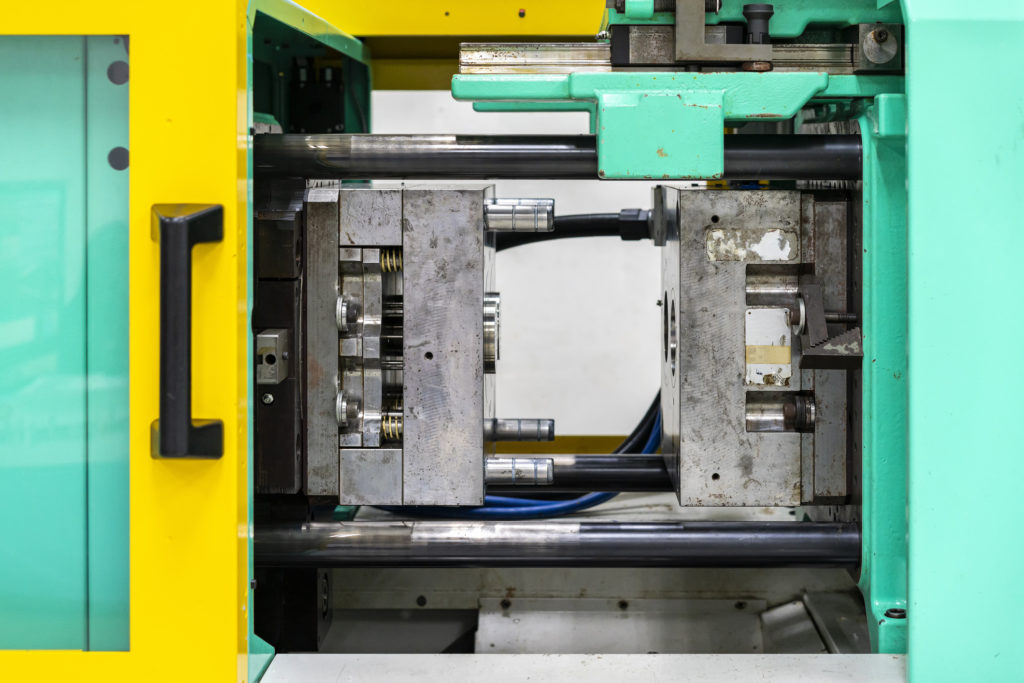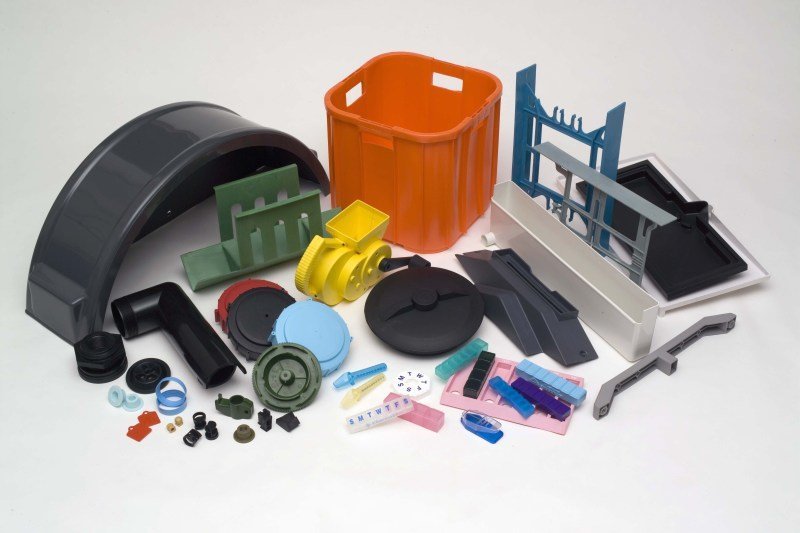Why Plastic Injection Molding Is Necessary for Precision and Resilience
Why Plastic Injection Molding Is Necessary for Precision and Resilience
Blog Article
Recognizing the Basics of Plastic Injection Molding Processes
Plastic shot molding offers as a foundation of contemporary manufacturing, supplying a systematic technique to creating complex parts with precision. This process not just incorporates the basic actions of melting and injecting materials into molds yet likewise involves a nuanced understanding of various affecting aspects, such as temperature and stress. As markets progressively demand efficiency and quality, the details of this technique come to be a lot more important. Checking out these vital components could reveal exactly how even small modifications can result in significant improvements in production results, questioning about the potential for development in this recognized procedure.
What Is Plastic Injection Molding?
Plastic shot molding is a widely used manufacturing process that transforms thermosetting and thermoplastic materials right into specific and complex shapes. This technique is preferred for its ability to generate high volumes of identical components with outstanding accuracy, making it an essential technique in different industries, including automotive, durable goods, and medical gadgets.
The procedure includes thawing the chosen plastic product and injecting it right into a mold and mildew under high pressure. The mold and mildew, developed to the requirements of the wanted component, permits the molten plastic to materialize as it strengthens and cools down. As soon as the product has solidified, the mold is opened, and the finished part is ejected.
Plastic shot molding provides several benefits, consisting of lowered waste, uniformity in manufacturing, and the capability to include detailed styles that may be testing with various other producing methods. In addition, it sustains a wide variety of products, each offering unique homes that can be tailored for details applications. As industries proceed to introduce, plastic shot molding remains at the forefront, enabling the growth of sophisticated products that meet progressing customer demands.
The Injection Molding Process
The injection molding procedure is an innovative method that entails several vital phases to produce high-grade plastic elements. Plastic pellets are fed into a heated barrel where they are melted right into a thick fluid. This molten plastic is then infused under high stress right into a precision-engineered mold and mildew, which forms the product into the preferred type.
As soon as the mold and mildew is filled up, the plastic is enabled to solidify and cool down, taking the form of the mold and mildew cavity. Air conditioning time is crucial, as it influences the cycle time and the final properties of the molded part. After sufficient cooling, the mold and mildew opens up, and the finished component is ejected utilizing ejector pins.

Products Used in Injection Molding
Different materials can be utilized in the injection molding process, each offering distinct residential properties that accommodate details applications. One of the most commonly used materials consist of thermoplastics, thermosetting plastics, and elastomers.

Thermosetting plastics, like epoxy and phenolic resins, undertake a chemical adjustment during the healing procedure, leading to a stiff, stringent structure. These products are optimal for applications calling for high warmth resistance and structural stability, usually made use of in vehicle parts and electric insulators.
Elastomers, consisting of silicone and rubber-based materials, give versatility and resilience. Their unique homes make them appropriate for applications that demand flexibility, such as seals and gaskets.
Additionally, specialty products like bio-based plastics and composites are obtaining grip for their environmental advantages and boosted performance characteristics, broadening the scope of shot molding applications in various industries. Comprehending the residential properties of these materials is important for picking the proper type for specific jobs.
Benefits of Shot Molding
Injection molding stands out as a very effective manufacturing process that offers many benefits for producing intricate components with look here precision. One of one of the most substantial benefits is the ability to develop detailed layouts that would be challenging or impossible to achieve with various other methods (Plastic Injection Molding). The procedure enables comprehensive functions and limited resistances, making certain high-grade elements
In addition, shot molding is known for its fast manufacturing abilities, making it an excellent selection for high-volume production. When the mold is developed, components can be created rapidly, reducing preparations and raising overall performance. This effectiveness not just reduces manufacturing prices yet additionally provides a competitive side in the marketplace.
The flexibility of products made use of in injection molding even more enhances its appeal. A large range of thermoplastics and thermosetting polymers can be used, allowing makers to choose products that finest fulfill their certain needs, consisting of stamina, versatility, and warmth resistance.
In addition, the process great post to read lessens waste, as excess material can often be recycled and reused. This sustainability aspect contributes to a lowered ecological effect, making shot molding a responsible production selection. Overall, the advantages of shot molding make it a favored technique for numerous markets.
Factors Influencing Product High Quality
While countless variables can affect item high quality in injection molding, recognizing these elements is crucial for attaining optimum results. Trick elements include material choice, refining criteria, and mold style.
Product selection plays an important function, as various polymers show distinct homes that affect flowability, toughness, and thermal security. Inadequate material selection can result in flaws such as bending or insufficient dental filling.
Handling specifications, consisting of cycle, stress, and temperature level time, should be thoroughly managed. Variations in these settings can lead to inconsistencies partly measurements and surface finish. Exceedingly high temperature levels may create deterioration of the polymer, while inadequate stress can result in short shots.
Mold style is equally vital, as it figures out the flow of the molten plastic and the cooling procedure. Badly designed mold and mildews may cause unequal air conditioning rates, causing dimensional mistakes and recurring tensions.
Verdict
In verdict, plastic shot molding acts as a vital production process that enables the efficient production of top quality elements. Mastery of the injection molding procedure, consisting of the understanding Plastic Injection Molding of materials and the influence of various factors on item top quality, is crucial for attaining ideal results. The advantages of this method, such as cost-effectiveness and layout adaptability, additional highlight its relevance across multiple industries, strengthening its condition as a preferred selection for high-volume manufacturing.
Plastic injection molding offers as a foundation of contemporary production, supplying a methodical approach to generating complicated components with accuracy.Plastic injection molding supplies a number of advantages, consisting of reduced waste, uniformity in production, and the capacity to integrate intricate layouts that may be testing with other making techniques (Plastic Injection Molding). As industries proceed to innovate, plastic injection molding continues to be at the leading edge, making it possible for the advancement of advanced products that fulfill advancing consumer needs
The injection molding process is an innovative method that entails numerous vital stages to create top notch plastic parts.In verdict, plastic injection molding serves as a crucial production procedure that makes it possible for the efficient manufacturing of high-grade components.
Report this page